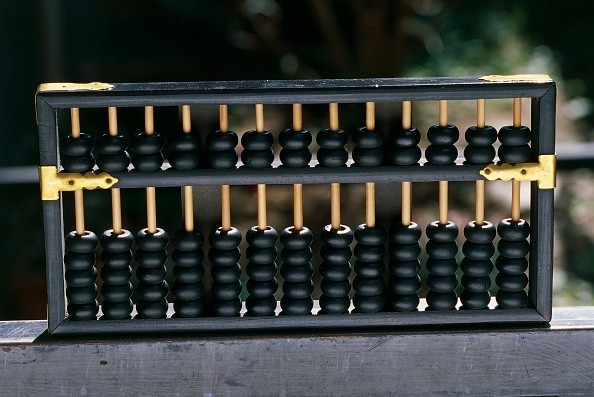On Nov. 30, 2016, a new Chinese item was officially included in UNESCO's Representative List of the Intangible Cultural Heritage of Humanity. China’s 24 Solar Terms have been inscribed on the list during the 11th session of the Intergovernmental Committee for the Safeguarding of the Intangible Cultural Heritage held in Addis Ababa, Ethiopia.
With the addition of China’s Solar Terms, the Asian superpower now has 39 items in this UNESCO list. The Chinese items are sorted into three different categories: 31 items on the Representative List of the Intangible Cultural Heritage of Humanity; 7 items on the List of Intangible Cultural Heritage in Need of Urgent Safeguarding; 1 item on the Register of Good Safeguarding Practices.
Some of these items might sound familiar, while some seem totally bizarre! Here are five of these items:
1. Chinese Zhusuan
Chinese Zhusuan is defined as the knowledge and practice of performing mathematical calculations using the abacus. By moving beads on an abacus, a person can perform addition, subtraction, multiplication, division and other basic math processes
.
Zhusuan makes calculations easier through its unique rhymes and formulas. First discovered during the Han Dynasty, Zhusuan is now used in different parts of the world. It was included in UNESCO’s list in 2013.
2. Khoomei
Khoomei, or throat harmony, is a unique Mongolian overtone singing style. The singers use their vocal cords to produce two pitches at the same time.
It is believed that the ancient tribe Huns used Khoomei to connect with nature. They mimicked different natural sounds in their environment.
Today it is still practiced by Mongolians in China and other parts of the world. It was included in UNESCO’s list in 2009.
3. Uyghur Muqam
Xinjiang Uyghur Muqam refers to the variety of Muqam practices, including songs, dances and folk music. Muqam can be considered as an encyclopedia of Uyghur culture. It possesses great cultural, historical, and artistic value
Throughout the years, Muqam has developed into four main regional styles: Twelve Muqam, Dolan Muqam, Turpan Muqam and Hami Muqaum. It was included in UNESCO’s list in 2008.
4. Mazu
Mazu is the sea goddess of China. She is the center of beliefs and customs practiced by many people living in China's coastal areas.
According to Legend, Mazu lived on Meizhou Island during the 10th century. After her death from rescuing shipwreck survivors, the locals built temples dedicated her. Fishermen often make offerings to Mazu and ask her for safety.
Each year, various activities such as dance and floral tributes are done in honor of Mazu. These beliefs and customs were included in UNESCO’s list in 2009.
5. China’s 24 Solar Terms
The ancient Chinese scholars divided the sun’s circular motion into 24 segments, which are called “Solar Terms.” Its calculation was developed by studying changing seasons, astronomy, and other natural phenomena.
The Solar Terms have greatly influenced many Chinese festivals and rituals. They can also be referenced in literature such as nursery rhymes, ballads and proverbs.
If you want to know more about China’s items in the Representative List of the Intangible Cultural Heritage of Humanity, visit UNESCO’s website.



























